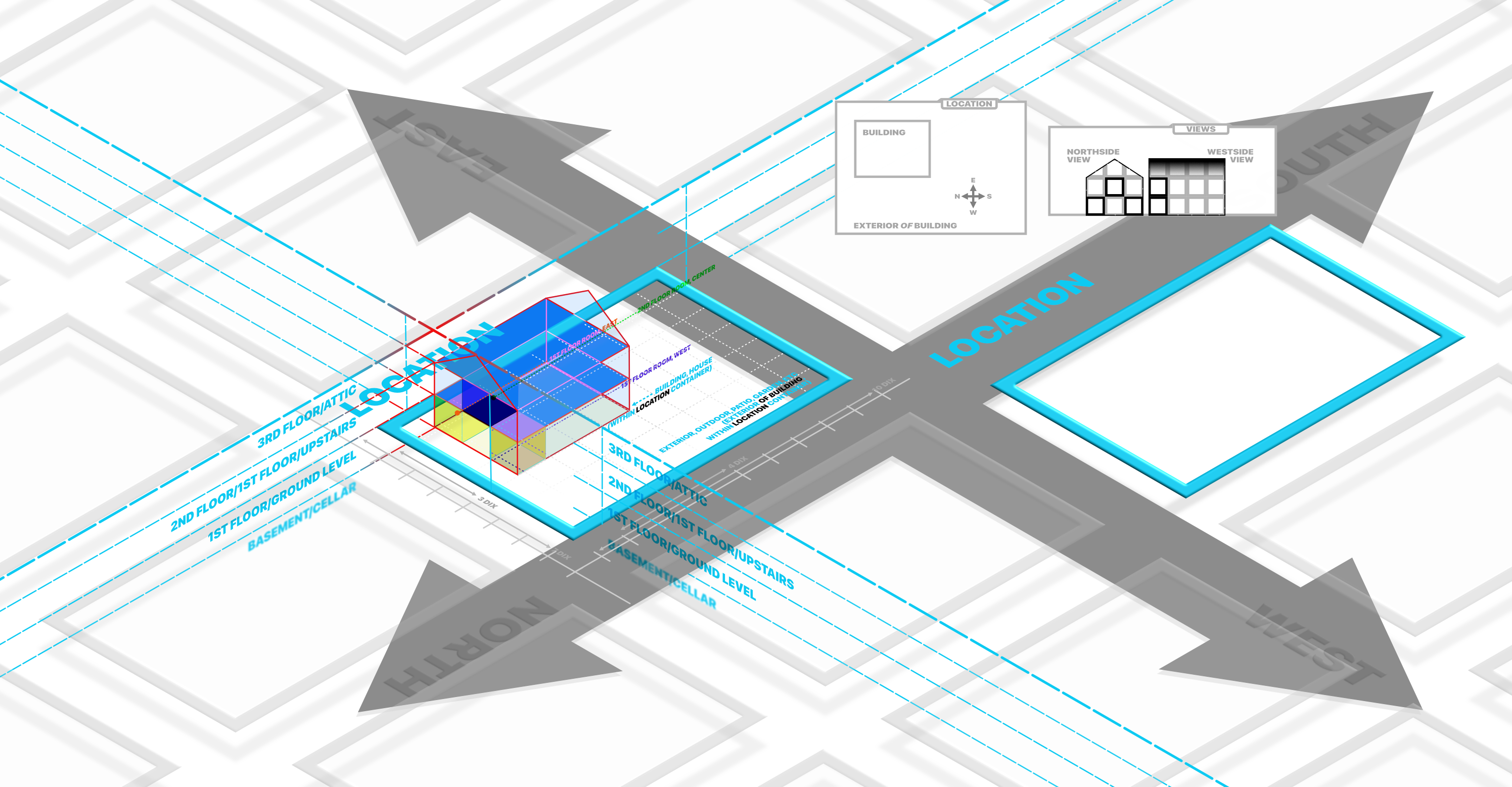- Platform information:
- Hardware: AMD64/8GB/2x256GB SATA flash units
- OS: macOS 10.14
- Java Runtime Environment: Unsure, according to
java -version:"17.0.10" 2024-01-16 LTS - openHAB version:
4.1.1
- Issue of the topic:
I’m trying to build the structure of the infrastructure but the items of the semantic thing have different child policies. If structure in a way that makes sense to me, I’m cut off pretty much right at near the top. It goes:
From: https://www.openhab.org/assets/img/ontology_relationships.d50b5cd6.jpeg:
- Location - which I think as an area as in geographic region i.e; to distinguish multiple properties
- Indoor/outdoor - self-explanatory but I think, not in the correct level of the hierarchy
- Building
- Room
- Corridor (transit area?)
- Floor/level ← metagroup/level?
- Attic - room or floor level?
- Basement - room or floor level?
- Room
- Floor/level
- Room ← metagroup/level?
- Room
- Building
- Outdoor
- Garden
- Terrace
- Indoor/outdoor - self-explanatory but I think, not in the correct level of the hierarchy
Room and floor levels appear to be groups of groups but not real stops, that’s depending on what attic and basement mean, i.e, if they considered rooms or levels since each can-, and usually is both. Honestly, I haven’t thought that through because I’m held off way above and resorting to making my own thing and keeping track of it. But, that’s another story.
But what has driven me to insanity is the indoor/outdoor situation, maybe it’s a language barrier, y’know how the sun and the moon have the opposite genders in German vs Latin languages (French, Italian, Spanish, etc)? And has this thing called dative which sounds like “to give” which kind of has direction and that relates to space, maybe there a different notion of outside… I don’t know! My head is a very busy place.
Then again, as I understand, in most European countries people speak better English than native speakers and I’m always presented an English website on openhab.org, even when I’m visiting through an address from a region where another language is spoken.

( ↑ …very, very busy)
Exterior can’t happen without something it’s the exterior of. It can’t be location either because then “exterior” wouldn’t be exterior but rather something contained by location which would make it the interior or location, make sense?
I thought about this in many ways, perhaps I’m missing something. I thought maybe if I see it from the viewpoint of somebody living in an apartment, but it wouldn’t change anything because apartments don’t just float in the floor they exist, the floor, building and location of the building must still ideally be at least acknowledged loosely even if there nothing we have control of in those areas.
Therefore, I think, location may have one or more buildings, such as the main building and a toolshed for example, and each of those has an interior with at least the main level, and an exterior, which could be the exterior lighting that used to be switched on/off from inside their respective buildings. In other words, exterior is the surrounding area of a building, most of the time parallel with the main level, but can have a second and underground level as well. Like alternate dimensions as in scifi.
So, I’d like to rearrange it like:
- Location, e.g; city, neighboorhood
- Building, e.g; “Home”, “Beach House”, “Central”
- Indoor
- Basement room (basement level implicit)
- Main level
- Kitchen
- Entrance, etc
- First level/Second floor/…
- Bedroom
- Walk-in closet
- Bathroom
- Bathroom
- Walk-in closet
- Bathroom
- Bedroom
- Attic (level implicit)
- Outdoor
- independent multi-level -- Main level
- Frontyard
- Frontyard
- Backyard
- Pool area
- Poolbar
- Showerhead/bathroom
- Level 1-below
- Garage ramp
- Roof
- consolidated multi-level - - All levels
- Frontyard
- Frontyard
- Backyard
- Pool area
- Poolbar
- Showerhead/bathroom
- Roof
- Main level
- Indoor
- Building, e.g; “Home”, “Beach House”, “Central”
Anyway, I could, like I have so far, create my own structure with its own nomenclature and maintain it, which will do while I’m working with it. Once the system is autonomous enough, I won’t touch it [in hopefully] ever, and when the time comes to change something, I’ll probably screw it up massively. I could use what it’s there already, but it makes no sense specially when you have type, category and semantic class to worry about, it’s not just the one field. I still don’t fully get it. It’d be the same end.
From the ease of Debian repos, I moved to macOS because its TTS is very good, but the deployment is very makeshift, and I had to modify one of the launching scripts to correct the Java version, so I figured; I already messed with the code, I won’t be able to upgrade, might as well dive in to find where I can switch the names of those groups.
If it’s possible, where can I find these values stored?
BTW, by “code” I’m referring to scripts, I don’t know any proper programming language. I know a little bash and identifying command strings in scripting languages. Not C. Not programming.
Just as good would be the reasoning behind the hierarchy, then it stops being a problem, I don’t need to modify code, and there’s better chances for updating the installation. ![]() Please?
Please?
Thanks.

